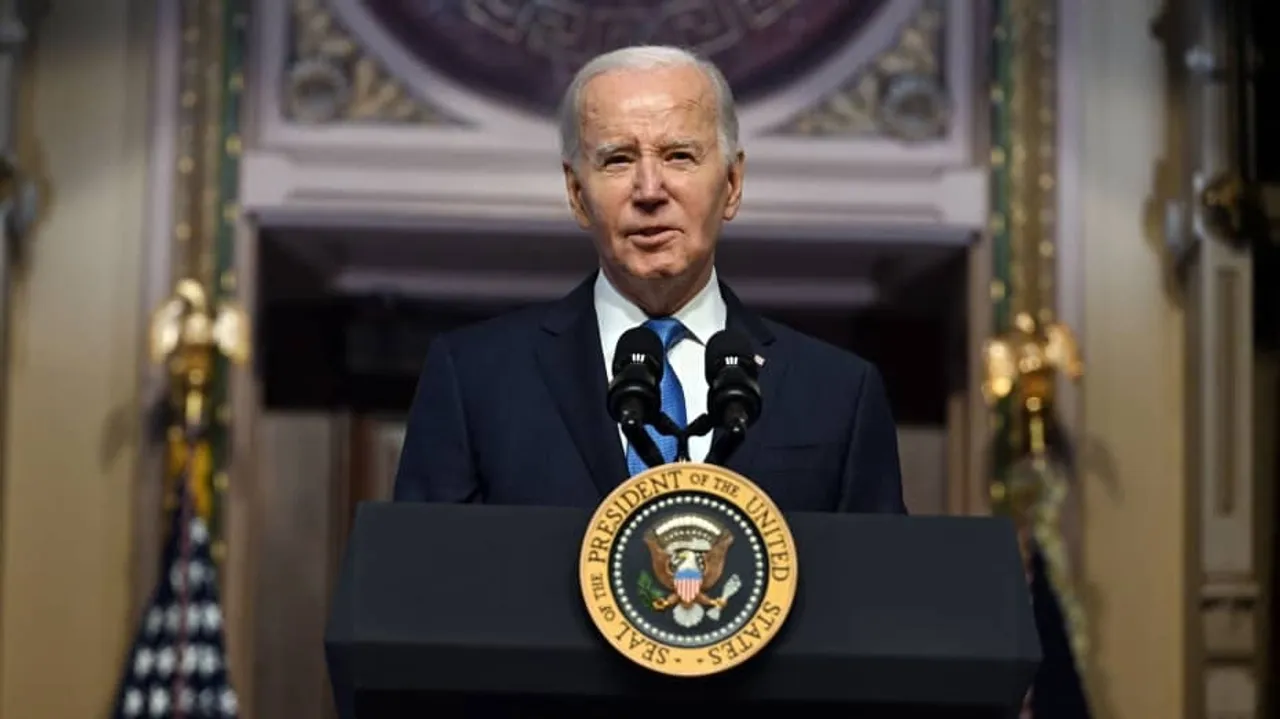
In a remarkable shift towards reinforcing the United States' position in the global semiconductor industry, Intel is currently in discussions with the Biden Administration to secure over $10 billion in subsidies. This ambitious move, aimed at bolstering efforts within the semiconductor sector, stands as what could be the largest award under the CHIPS and Science Act. The initiative underscores a pivotal moment in the tech industry, spotlighting the crucial role of advanced semiconductors in powering the future.
The Heart of Innovation: Intel's Vision
At the core of this negotiation lies Intel's vision to expand its capabilities in producing more powerful semiconductors through the development of advanced packaging substrates and materials. This strategic direction is not just about enhancing chip performance; it's about laying the groundwork for the next wave of technological evolution. The Biden administration, recognizing the strategic importance of this sector, has already committed $11 billion to semiconductor packaging manufacturing, metrology R&D, and the establishment of a new national manufacturing institute dedicated to digital twins.
With the National Advanced Packaging Manufacturing Programs earmarking $3 billion for various chip packaging manufacturing initiatives, the competition is set to intensify. This funding is a testament to the government's commitment to maintaining a competitive edge in the global semiconductor industry. Furthermore, the White House's announcement of an additional $5 billion to kickstart a National Semiconductor Technology Center, alongside a national workforce center, is a clear signal of the administration's intent to nurture and train the next generation of talent in this critical field.
Strategic Implications and Industry Response
The semiconductor industry sits at the intersection of technology and geopolitical power. Intel's pursuit of over $10 billion in subsidies from the Biden administration is more than a financial maneuver; it's a strategic alignment with national interests. This collaboration between a tech giant and the federal government highlights the importance of semiconductors not just in consumer electronics but in national security, telecommunications, and beyond. The initiative to fund projects focused on advanced semiconductor materials marks a significant step towards securing technological supremacy on the global stage.
The industry's response to this development has been overwhelmingly positive, with many seeing it as a necessary step to mitigate the challenges posed by global supply chain disruptions and increasing competition from abroad. By investing in the semiconductor sector, the United States is not only aiming to reclaim its leadership position but also to ensure the resilience of its tech industry in the face of evolving global dynamics.
The Road Ahead: Challenges and Opportunities
While the negotiations between Intel and the Biden Administration are a promising sign of progress, the path ahead is fraught with challenges. The semiconductor industry is notorious for its high barriers to entry, including massive capital requirements and complex intellectual property issues. Moreover, the rapidly changing landscape of technology demands continuous innovation and adaptation.
However, these challenges also present opportunities for growth and innovation. By securing a significant portion of the CHIPS and Science Act funding, Intel can accelerate its research and development efforts, driving advancements in semiconductor technology. This, in turn, could spur economic growth, create jobs, and enhance the United States' competitiveness on the global stage. With the right mix of government support, industry collaboration, and strategic vision, the future of the semiconductor industry looks brighter than ever.
In conclusion, Intel's ongoing negotiations with the Biden Administration represent a watershed moment in the semiconductor industry. The potential infusion of over $10 billion in subsidies under the CHIPS and Science Act is a testament to the strategic importance of semiconductors in the modern world. As the United States seeks to fortify its position in the global tech landscape, the collaboration between government and industry giants like Intel will be crucial in shaping the future of technology, national security, and economic prosperity.
▼▼▼
Samsung wins first 2 nm AI chip order from Japan’s PFN; a slap on TSMC
German Court bans sales of select Intel CPUs in Germany over patent dispute
TSMC to build second Japan chip factory, raising investment to $20 billion
Heart-on-a-chip: A microfluidic marvel shaping the future of cardiovascular research
+86 191 9627 2716
+86 181 7379 0595
8:30 a.m. to 5:30 p.m., Monday to Friday
